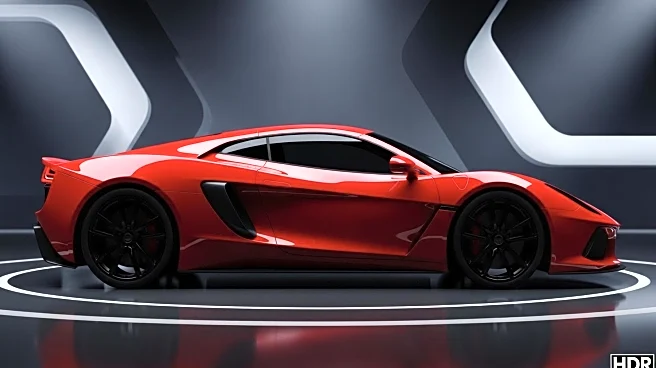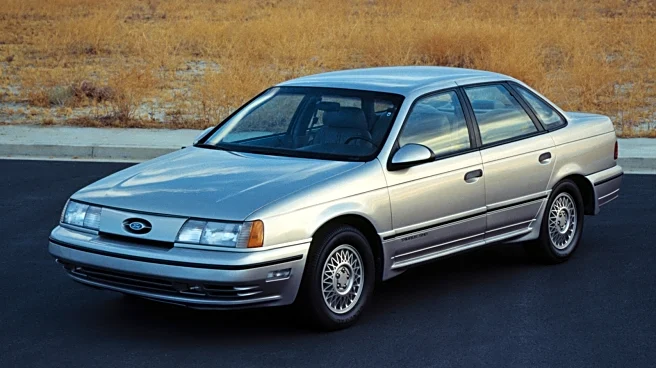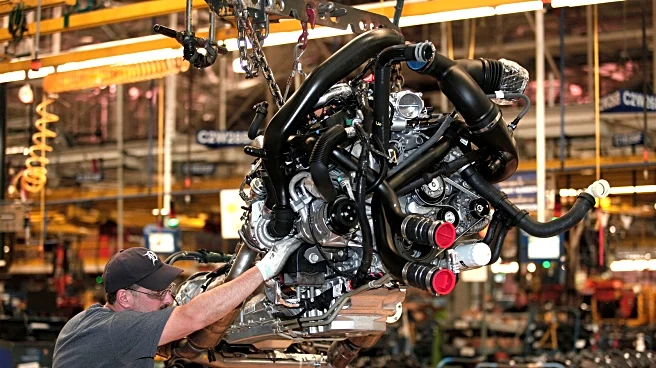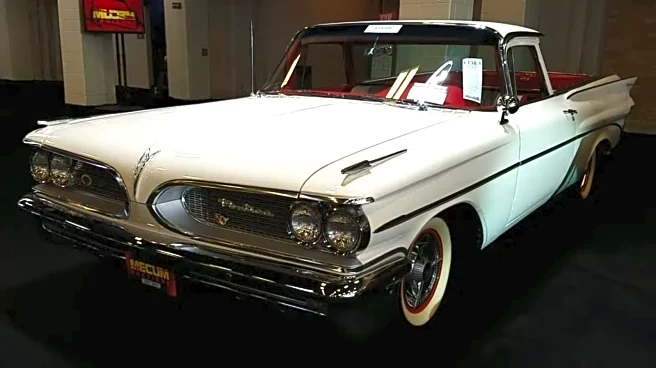What is the story about?
What's Happening?
Ford's Taurus SHO, first introduced in 1989, marked a significant shift in the automotive industry by offering a performance-oriented version of the Taurus sedan. The SHO, which stands for Super High Output, was equipped with a Yamaha-engineered 3.0-liter V6 engine, featuring dual overhead cams, 24 valves, and a variable-length intake manifold. This engine produced 220 horsepower and 200 lb-ft of torque, allowing the sedan to accelerate from zero to 60 mph in 6.6 seconds and reach a top speed of 143 mph. The Taurus SHO also included a Mazda-designed five-speed manual transmission and various performance enhancements such as stiffer springs and firmer dampers. Despite its impressive performance, the SHO maintained the practicality of a family sedan, making it a unique offering in the market.
Why It's Important?
The Taurus SHO represents a pivotal moment in Ford's history, showcasing the company's ability to blend performance with practicality. This model appealed to consumers seeking a sporty driving experience without sacrificing the comfort and utility of a family sedan. The SHO's success demonstrated the potential for automakers to innovate within existing product lines, leading to the development of more performance-oriented vehicles in the mainstream market. Additionally, the SHO's engineering collaboration with Yamaha highlighted the benefits of cross-industry partnerships in advancing automotive technology.
What's Next?
While the Taurus SHO nameplate was revived in 2010 with a new V6 engine and modern enhancements, Ford's current focus on SUVs and trucks suggests that a future revival of the SHO is unlikely. However, the legacy of the Taurus SHO continues to influence Ford's approach to performance vehicles, as seen in their ongoing development of high-performance models within their lineup. Enthusiasts and collectors may continue to seek out the Taurus SHO for its unique blend of performance and practicality.
AI Generated Content
Do you find this article useful?

















